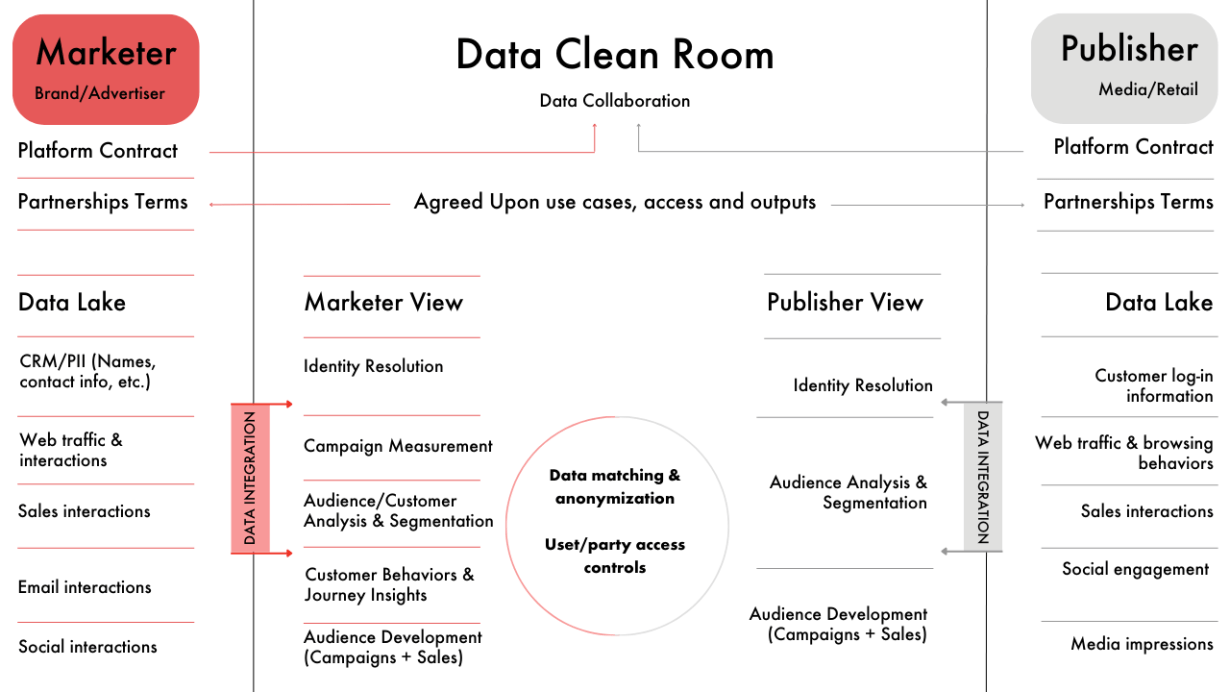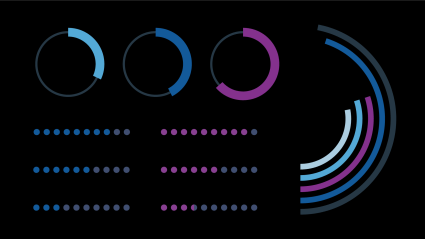Valuable customer experiences are key to a successful brand, and personalized interactions are a critical component of strong CX. In fact, 71% of consumers expect companies to deliver personalized interactions, and 76% get frustrated when that doesn’t happen, according to McKinsey.
But you need to have the right data in the hands of the right stakeholders to make personalization a reality.
That’s why data collaboration is becoming essential: when departments are aligned and sharing information, you’ll be able to reap serious benefits: data quality and efficiency will improve, and ultimately you’ll be positioned to uncover new insights that enable significant innovation.
That all sounds good, but it’s not always easy. All too often there are too many cooks in the data kitchen, and businesses fail to prioritize alignment and data organization because it’s a largely manual process with significant regulatory requirements that take a lot of time and effort.
So it’s time to rise to the challenge and build out a better, shared data ecosystem for your brand so you can unlock serious advantages across the media mix.
The benefits of data collaboration: working toward shared goals
Data collaboration doesn’t just mean throwing all of your data in one pile; it means democratizing access to data to harness more power to achieve shared goals across teams and departments, ideally across the entire organization.
The benefits of a strong, aligned approach to data collaboration will benefit the entire business, including:
- Improved insights: By combining data from different sources, organizations can get a more comprehensive understanding of their operations, customers, and market trends, all of which lead to more informed decision-making and a better end result.
- Increased efficiency: Collaborating on data can help reduce duplication of effort and streamline processes, saving both money and time by increasing productivity overall.
- Enhanced innovation: Sharing data means a richer source of new ideas and potential innovations. Collaborating with other teams brings more perspectives to the table, sparking creativity and generating new solutions.
- Improved data quality: Organizations can identify and correct errors or inconsistencies in owned data, improving accuracy and reliability.
- Better stakeholder engagement: Data collaboration builds trust and engagement at almost every level of the org, from team members to partners to the customers themselves, producing stronger relationships and better outcomes for all involved.
No matter what the cause, no team should live in a silo, especially when it comes to a mission-critical resource like data. But you also need to make sure you’re bringing the right people to the table to maximize the impact.
Data collaboration and better decision-making: building a cross-functional team
Because the goal is to open up your data to the entire org, you should take care to assemble the right-cross functional teams so each department gets a say in the process and end results. Your data ecosystem can’t be the responsibility of one person or one department.
With new state legislation about data usage for marketing on the rise, a good place to start is your legal team. They can weigh in on how current and forthcoming privacy laws might affect how you handle incoming and outgoing data.
Your chief technology officer (CTO) also needs to take part in all decisions that involve the future of your data ecosystem. Your technology team should be in lockstep with legal, especially when it comes to asking critical questions about your data management like:
- How much data are we taking in and what processes should we use to handle it?
- When was the last time we reviewed our personally identifiable information (PII) transition policy?
- How is our data actually stored?
- Is there anything exploitable about our data management processes?
Once legal and tech teams start working together, bring in the people trying to create the value exchange, like members of the marketing or sales teams. You need to have decision-makers who can speak to the subject matter and have the right expertise to define collaborative opportunities based on the desired outputs.
When you have an entire group making decisions together, you need to establish a leader. In some organizations, that might be someone who is closer to the customer, like a sales leader, or someone in charge of creating value, like a product team member. They should not be taking away the critical support functions of the other teams; instead, they’re the driver of the caravan who is responsible for keeping everyone on track and focused on the right goals.
The necessary tools: leveraging clean rooms and collaboration platforms
In today’s privacy-first world, you can’t facilitate data collaboration without a safe environment like a clean room. Clean rooms are places where your brand’s first-party data can interact with third-party data, usually aggregate data from ad platforms, in a highly controlled environment, so marketers can analyze it without sharing the data with the platform itself (or vice versa).
Clean rooms are one of the most important privacy solutions that make data collaboration possible–even though many brands are lagging behind when it comes to adoption– because it provides a secure and controlled workspace where collaborators can access and work with data without directly handling or copying it. Instead, the data is stored in a secure repository, and access is only granted to authorized users who must comply with strict usage and security protocols.
It can also provide tools and infrastructure to enable collaborative data analysis and visualization while ensuring the results do not reveal any sensitive or confidential information.
If you are a retailer, for example, you can use a data clean room to share anonymized and aggregated shopper data with brands and advertisers. Within this secure environment, you can collaborate with advertisers to improve targeting, performance, and measurement.

Source: iab.com
Another important tool to consider is data collaboration platforms, which let multiple users work together on a common dataset or project. They can be used to standardize and query data workflows as well as deliver data to partners and clients.
The data collaboration process: taking action
If your goal is a superior customer experience, you’ve come to the right place. Use this general data collaboration process flow to get started:
- Collect data from multiple sources: You should be using data from various sources, including social media, email, website analytics, and customer feedback. That breadth will give you a more comprehensive understanding of your customers and their needs.
- Analyze the data: Once you have collected the data, analyze it to generate insights into your customers’ behavior, preferences, and needs. You can use tools like data analytics and machine learning to identify patterns and trends.
- Collaborate with other departments: Share your learnings with other departments through the main stakeholders working together on the data. Collaborating with other departments will help you unlock different perspectives so you can make more informed decisions.
- Segment your audience: Use what you’ve learned from your analysis to segment your audience into groups with similar interests, behaviors, and preferences.
- Develop personalized content and experiences: Create personalized content and experiences that cater to each segment’s specific interests and needs. This could include personalized product recommendations, customized emails, or targeted advertisements.
- Continuously improve: Keep analyzing and improving your data collaboration efforts to ensure that you’re getting the maximum possible value from the work—and delivering the best possible customer experiences. Customer feedback can help you identify areas where you can still improve so you can make changes accordingly.
Remember to always prioritize customer privacy and data security, and be transparent about how you are using customer data.







Responses